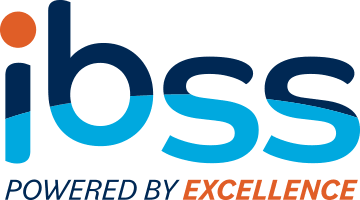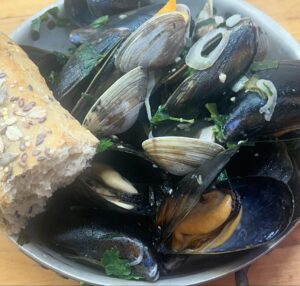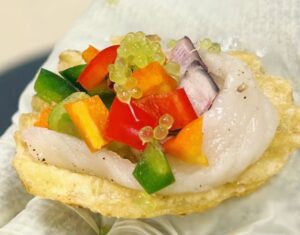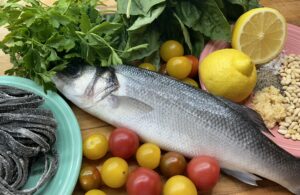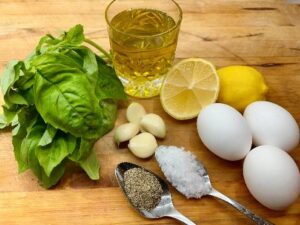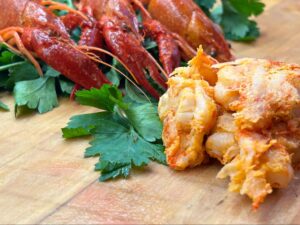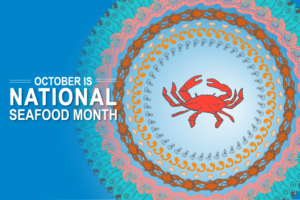By Mark Tagal, Senior Aquaculturist
The crystal clear waters normally associated with Central Pacific tropical islands are great for viewing reef fish but ultimately show the lack of nutrients in the water. The Hawaiian Islands act as an oasis in the vast emptiness of the Pacific Ocean. Nutrients that are critical to macroalgaes found on these islands originate on land, sometimes far from the ocean. Rainfall gathers up these nutrients and transports them to the sea, rapidly as the rainwater flows into rivers and mixes with the ocean in cloudy estuaries and coastal wetlands. These are areas of abundant life and many organisms have evolved to rely on the mixing of fresh and salt water in a turbid environment with little light penetration.
In other areas, the rain water soaks into the ground and travels to the ocean in underground pathways, filtered of larger particles, yet still transporting dissolved minerals and nutrients to awaiting seaweeds in the otherwise clear waters where sunlight can penetrate below the surface. Nearshore environments, like Oahu’s Ewa beach, have long been home to abundant sunlight and fresh water nutrient highways where Hawaiian macro algae are plant engines that convert sunlight and carbon dioxide into a food source for multitudes of reef animals. Many iconic fish in Hawaii rely on fields of short bladed, stocky algae on which to graze.

Land-based farming of certain limu can take the pressure off of wild harvest, allowing wild populations time to recover. Since they are grown in tanks on shore and are constantly monitored by humans, farmed limu are able to overcome the nutrient deficiencies that wild stocks are experiencing because of the rapidly changing environment. Temperature, CO2 and salinity can all be controlled by the farmer.
Cultured ogo is not grazed upon by fish, so it grows to market size quicker. Since it was never in an environment where fish also relied on it as a food source, reef dwelling grazers are not robbed of a meal after the seaweed is harvested.

Ocean Era, located on the sun drenched Kona side of the Big Island, is testing cultivation methods of several different seaweeds for direct human consumption, as fish food in aquaculture and for restoration.
This same gin clear water is the perfect medium for human-farmed seaweeds as the water’s transparency allows for full light penetration providing human intervention can supply nutrients typically lacking in the oceanic deserts of the Central Pacific.
Human development has already tipped the scales and altered the environment that Hawaii’s seaweed used to thrive in. It is unlikely that recovery will happen without further interaction by people. Understanding the life cycles of the seaweeds is the first step. Culturing these marine plants in the laboratory and completing the life cycle of seaweed allows for the cultivation of these plants. Cultivation can lead to the aquaculture of the plants and that can take the pressure off of the hunt and gather fisheries, giving the wild plants a chance to recover from overharvesting by people.
Modern land-based aquaculture projects can be used as an alternative to wild harvest. Perhaps it is no accident that one of the oldest forms of aquaculture in the world is being repurposed to aid in Hawaii’s seaweed revival.
